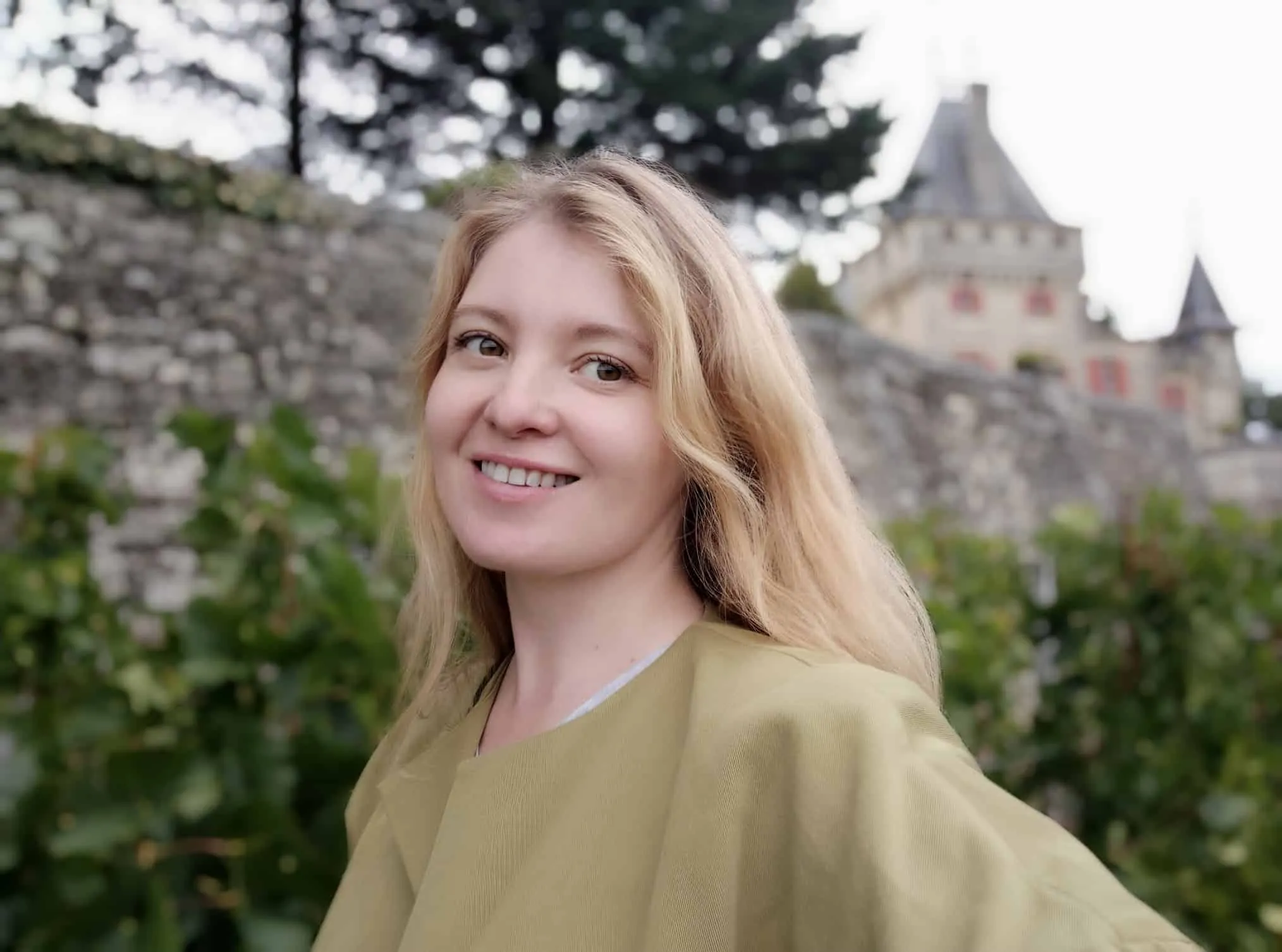How to Get to Burgundy?
Burgundy, or Bourgogne in French, is in the center of France, about 300 km or 190 miles southeast of Paris. You can also reach Burgundy by a short train ride or a drive from Lyon, Geneve, or Lausanne in Switzerland.
- Nearest airports: Paris, Lyon, Geneva
- Train from Paris Gare de Lyon to Dijon (1hr35), Macon (1hr30), Montbard (1hr), Auxerre (1hr40) and Chalon-sur Seine (2hr25)
- Train from Lyon, Lausanne, Zurich
- Drive from Paris to Dijon will take about 3hr15. There are tolls on the way. Paris to Chablis is about 2.5 hr
- Wine tours pick up from Paris, Dijon and Beaune
What to do in Burgundy?
When exploring Burgundy, follow the scenic Grand Cru wine route, savor renowned Burgundy wines at the Côte de Beaune and Côte de Nuits vineyards, stroll through the historic center of Beaune, and explore the traditional shops in Dijon, the capital of Burgundy.
If you travel along Route N74 between Dijon and Beaune, some of the most notable villages to visit include Morey-Saint-Denis, Vougeot (don’t miss the Clos-Vougeot), Chambolle-Musigny, Vosne-Romanée (home to the esteemed Romanée-Conti vineyard), and Nuits-Saint-Georges.
Discover historical landmarks such as the Fontenay Abbey, the village of Vézelay, the iconic Solutré rock, and the enchanting Morvan region. Take leisurely drives through the picturesque countryside and indulge in the delectable local cuisine.
What kind of wines are made in Burgundy?
Burgundy wines are elegant, aromatic, and complex. They are often thought to be the canonic expressions of Pinot Noir and Chardonnay, the main grapes of the region.
In addition, the most expensive wines in the world come from this region of France. In 2018, a bottle of Domaine Romanee Conti 1945 was sold for $558,000 at Sotheby’s New York, which was the highest price ever paid for a bottle of wine at an auction. Of course, not all Burgundy wines are sold at astronomic prices.
The 33 Grand Cru domaines of Burgundy are in the Cote D’Or and one in Chablis. They are the most prestigious followed by over 600 premier crus spread between Chablis, the Cote d’Or and the Cote Chalonnaise.
The less expensive Burgundy Reds and Burgundy whites are coming from any place in Burgundy.
Burgundy wine classification system can be found here.
How to visit wineries in Burgundy?
The style of winery hopping in Burgundy is nothing like you may have experienced in the United States. Visits and tastings at worthwhile wineries are by appointment only. Email or call in advance to book a visit.
Burgundian wine producers are often small family enterprises. Winemakers are generally busy and introvert farmers who do not need visitors or extra orders. In most cases, the winery owner will be showing his estate to you himself, which is a truly authentic experience.
I found these local tourism sites to be helpful in planning Burgundy winery visits:
- Beaune Tourism Office to book your visit at a winery as well as find other things to do in Beaune
- Burgundy Tourism suggests a number of interesting tours in Burgundy by car or by bike. There is an excellent list of itinerary suggestions here.
If you don’t feel like driving and booking your visits, and to avoid the drink-and-drive situation, hop on one of the small group tours from Paris, Dijon or Beaune, or book a private Burgundy wine tour.
Private tours are more flexible and can help you visit great wineries, enjoy the gastronomic scene at your own pace and even stay the night.

